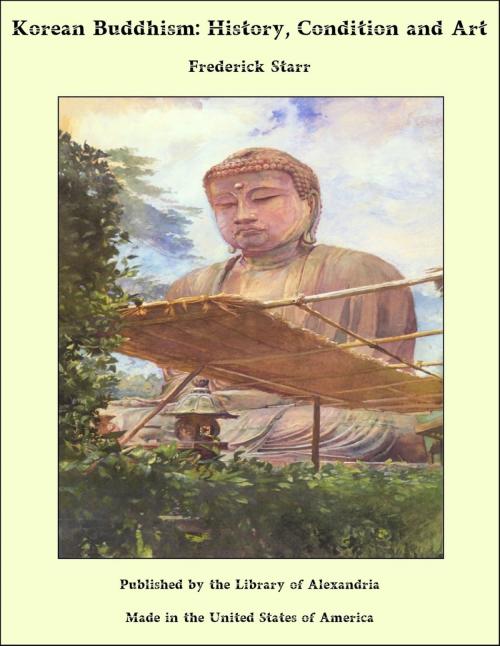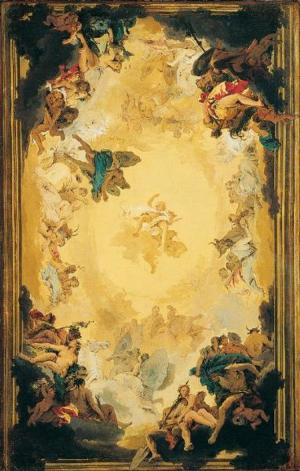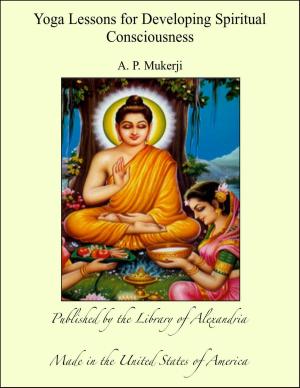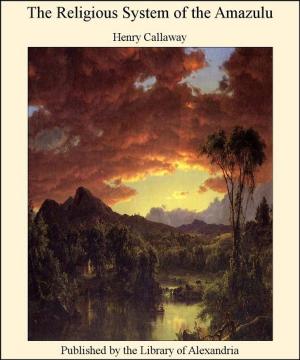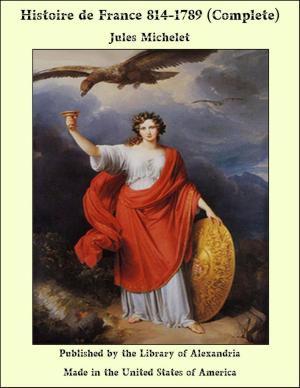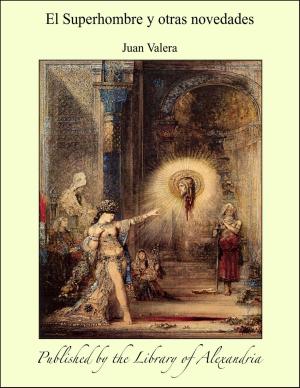Korean Buddhism: History, Condition and Art
Nonfiction, Religion & Spirituality, New Age, History, Fiction & Literature| Author: | Frederick Starr | ISBN: | 9781465606075 |
| Publisher: | Library of Alexandria | Publication: | March 8, 2015 |
| Imprint: | Language: | English |
| Author: | Frederick Starr |
| ISBN: | 9781465606075 |
| Publisher: | Library of Alexandria |
| Publication: | March 8, 2015 |
| Imprint: | |
| Language: | English |
Since 1911 it has been my privilege to make four journeys into Korea, so long known as “The Hermit Kingdom.” To-day Korea has ceased to be an independent nation; she has been completely absorbed by Japan and forms part of the Japanese Empire. I found much of interest in the country. I studied the people and their daily life; I visited many of the famous points of interest and beauty; I have studied somewhat into Korean history. Nothing, however, has more interested me than the study of Korean religions, particularly Buddhism. When asked to give some public lectures this summer, I consented gladly to speak for three evenings on the subject of Korean Buddhism. My three lectures will deal with History—Condition—Art. The history of Korea falls into three sharply marked periods. The first is known as the era of the Three Kingdoms—it ended with the year 918, a year easy to remember because exactly one thousand years ago. The second is the period of the Koryu Dynasty; it began with the year 918 and ended in 1392, a date easy for us to remember because precisely a century before the discovery of America by Columbus. The third period, known as the period of the Yi Dynasty, began with 1392 and continued until 1910, when the independent history of Korea ended with its absorption by Japan. The history of Buddhism in Korea is divided into the same three periods, as the things which caused breaks in the national history were related to the religion. We shall then speak of the Buddhism of the Three Kingdoms, of the Koryu Dynasty and of the Yi Dynasty.
Since 1911 it has been my privilege to make four journeys into Korea, so long known as “The Hermit Kingdom.” To-day Korea has ceased to be an independent nation; she has been completely absorbed by Japan and forms part of the Japanese Empire. I found much of interest in the country. I studied the people and their daily life; I visited many of the famous points of interest and beauty; I have studied somewhat into Korean history. Nothing, however, has more interested me than the study of Korean religions, particularly Buddhism. When asked to give some public lectures this summer, I consented gladly to speak for three evenings on the subject of Korean Buddhism. My three lectures will deal with History—Condition—Art. The history of Korea falls into three sharply marked periods. The first is known as the era of the Three Kingdoms—it ended with the year 918, a year easy to remember because exactly one thousand years ago. The second is the period of the Koryu Dynasty; it began with the year 918 and ended in 1392, a date easy for us to remember because precisely a century before the discovery of America by Columbus. The third period, known as the period of the Yi Dynasty, began with 1392 and continued until 1910, when the independent history of Korea ended with its absorption by Japan. The history of Buddhism in Korea is divided into the same three periods, as the things which caused breaks in the national history were related to the religion. We shall then speak of the Buddhism of the Three Kingdoms, of the Koryu Dynasty and of the Yi Dynasty.
